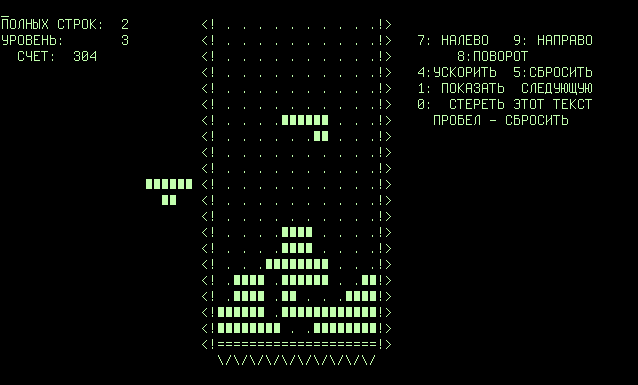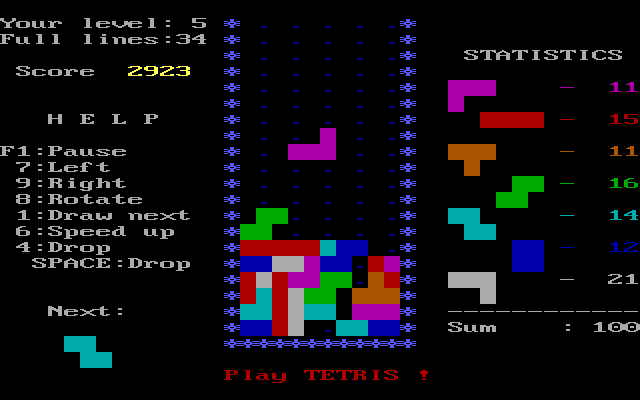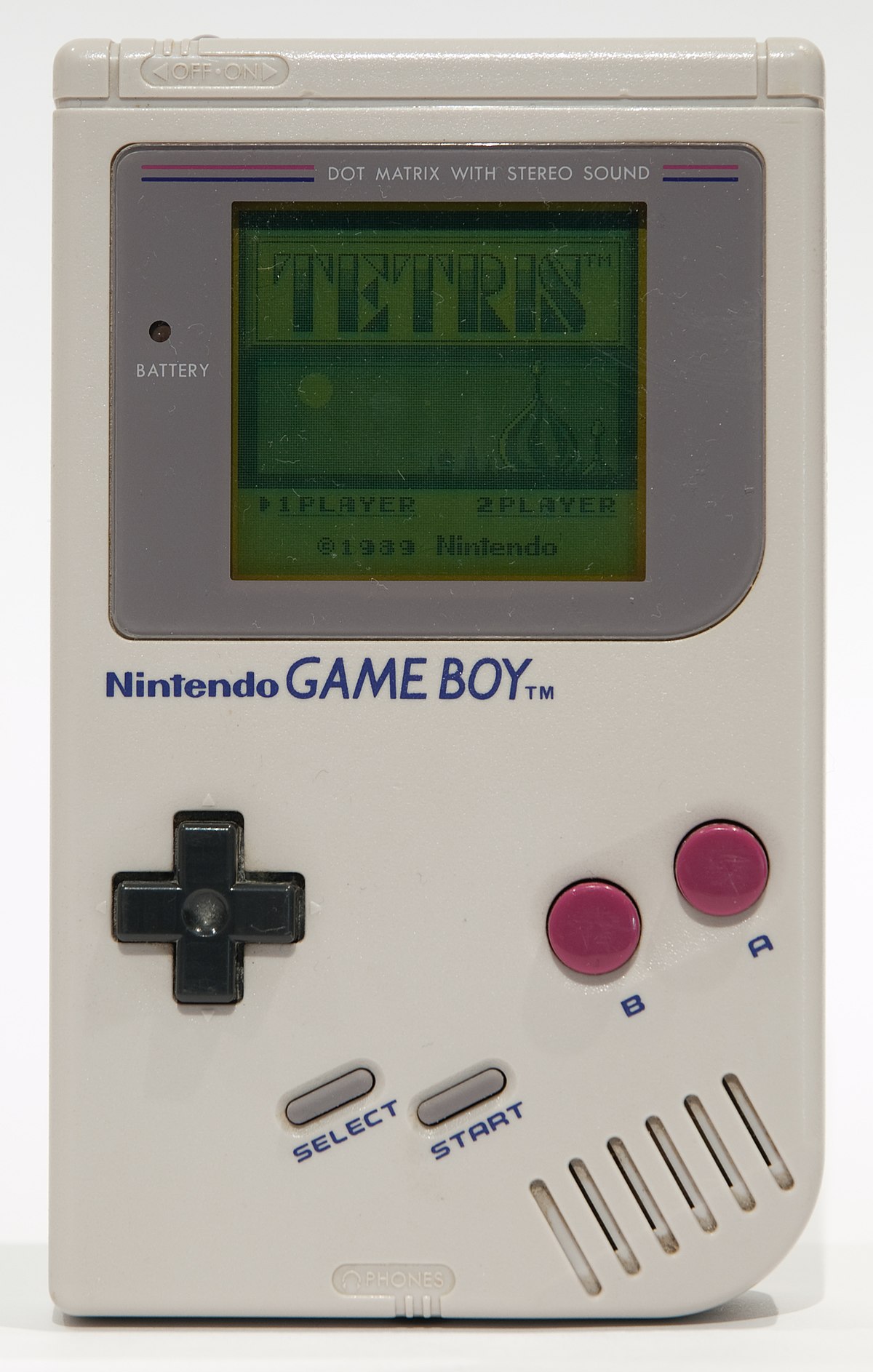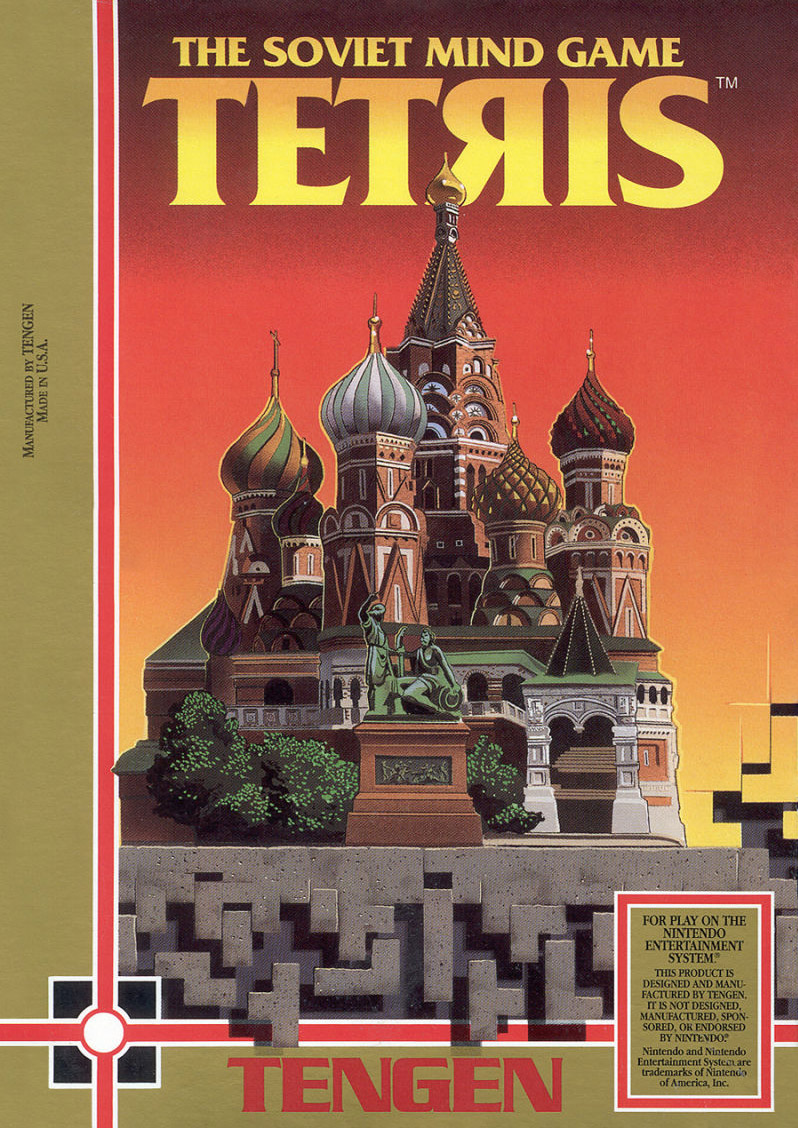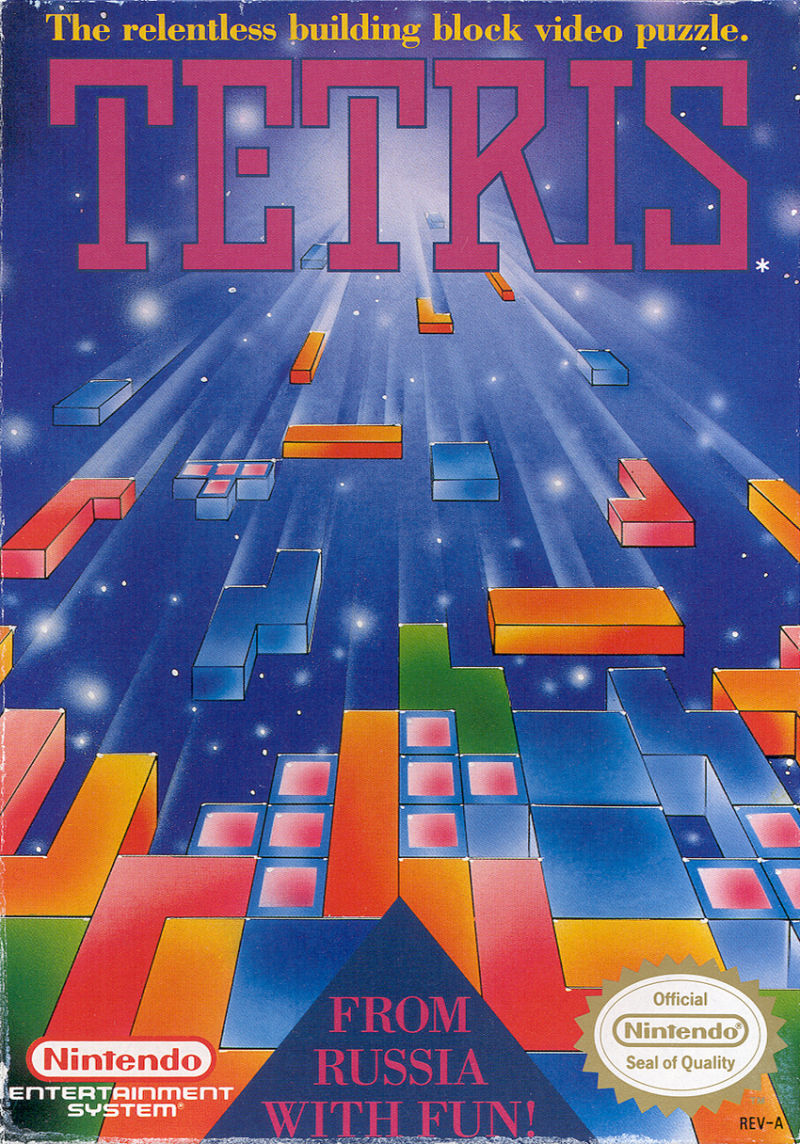In July 1988, Stein meets with Alexinko in Paris to work out arcade rights to Tetris. Alexinko has quite
a different agenda; he hasn't seen any money from Stein at all yet. Meanwhile, Spectrum and Mirrorsoft
are sub-licensing their rights. Spectrum gives Bullet-Proof Software the rights to make Tetris video and
computer games in Japan; at the same time, Mirrorsoft gives Atari Games the exact same rights in
Japan and North America. The two companies start infighting.
Robert Maxwell, owner of both Mirrorsoft and Spectrum, sides with Mirrorsoft on the matter. Atari starts
plans to release an arcade and NES game (under the Tengen label). Bullet-Proof Software still has the
computer rights in Japan; BPS president Henk Rogers successfully gets the rights to release a video-game
version later in the year. Tetris is released for the Famicom in early November 1988; eventually, two
million cartridges would be sold.
In November 1988, while the GameBoy is undergoing development. Nintendo of America head Minoru Arakawa
wants to make Tetris the pack-in game; he enlists Henk Rogers to get the handheld rights to Tetris for
him. Rogers contacts Stein but basically gets stonewalled by him, so Rogers decides to fly to Moscow to
get the rights himself. Stein, sensing why Rogers asked for the rights, flies to Moscow as well. Robert
Maxwell's son, Kevin, also decides to fly to Moscow to straighten out what is by now a large-scale
licensing mess. The three men fly into Moscow at the exact same time.
On February 21st 1989, Rogers gets to ELORG representative Evgeni Belikov first. He impresses Alexey
Pajitnov and the Russians, and signs a contract for the handheld rights to Tetris. Afterward, Rogers
shows off the Famicom version of Tetris to the Russians. Belikov is shocked. He didn't give Rogers the
rights to make a console version! Rogers explains that he got the rights from Tengen; Belikov has never
heard of Tengen. Rogers, trying to appease the Russians, tells Belikov the part of the story Stein did
not tell him, and writes him a check for royalties on the Tetris cartridges he has already sold, with
promises of more checks. He sees that he has a chance to get all the console rights to Tetris, but knows
that the much larger Atari will fight him. Fortunately, he has Nintendo on his side.
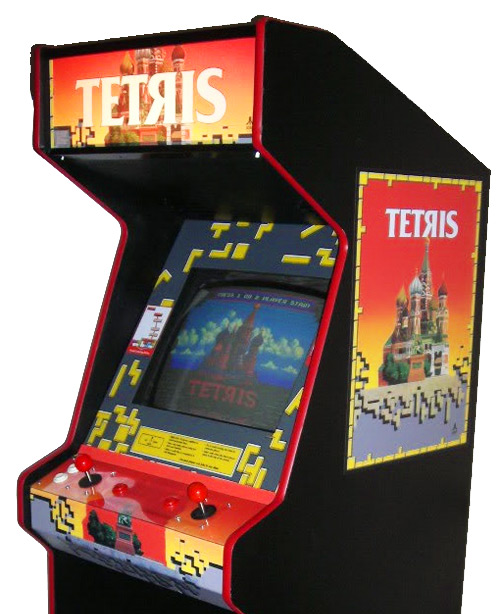
Later, Stein makes it to ELORG. Belikov makes him sign an alteration to the original contract
defining computers as "PC computers which consist of a processor, monitor, disk drive(s), keyboard
and operation system". Stein misses this line defining computers; he later realizes that it was all
a big orchestration on Rogers' part to get his rights from Stein. The next day, he is told that,
although he can't get the handheld rights at the moment, he can get the arcade-game rights. He signs
the contract for them three days later.
On February 22nd 1989, Kevin Maxwell visits ELORG. Belikov takes out Rogers' Famicom Tetris cart and
asks him about it. Maxwell was unaware that his own company gave some rights to Atari Games until he
reads Mirrorsoft's name on the cartridge. Maxwell asserts that the cart is a pirated copy, and
returns to his agenda of getting the arcade and handheld Tetris rights. He leaves with only the
right to bid on any rights remaining on Tetris.
The final scorecard: Kevin Maxwell walks off with a piece of paper, Robert Stein with the arcade
rights, and ELORG with conclusive evidence, thanks to Maxwell's assertion that any Famicom carts are
pirates, that it never sold the video game rights. If Maxwell wanted those rights it would have to
outbid Nintendo. Henk Rogers has the handheld rights and tells Arakawa at NOA that the console
rights are up for grabs. BPS makes a deal to let Nintendo make Tetris for Game Boy; a deal that was
ultimately worth between $5 and 10 million to BPS.
Henk Rogers returns to Moscow and makes a gigantic offer for the console rights to Tetris on behalf
of Nintendo - an offer that, although undisclosed, was high enough that Mirrorsoft did not try to
match it. Arakawa and NOA chief executive officer Howard Lincoln fly to the USSR.
A contract for the home videogame rights is finalized with Nintendo, which insists on a clause that
the Russians would come to America to testify in the legal battle that would undoubtedly ensue after
word of the contract comes out. The advance cash for ELORG is reported to be around $3 to 5 million.
Belikov wires Mirrorsoft saying that neither it, Andromeda, or Tengen were authorized to
distribute Tetris on video game systems, and that those rights are now given to Nintendo. The
Nintendo and BPS executives have a party that night in their Moscow hotel room.
